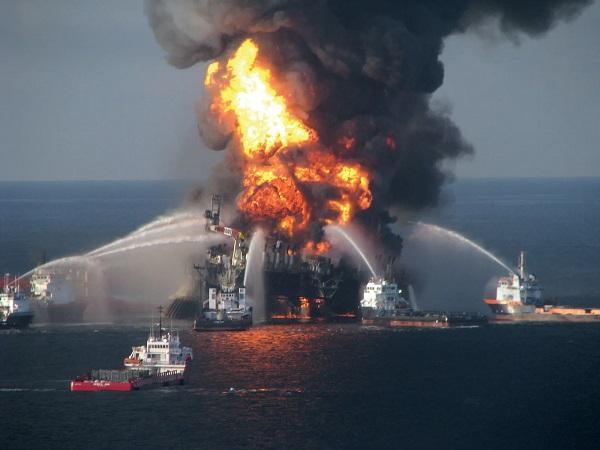The United States has been one of the world’s greatest industrial powers for well over a century, but it also has a long and unfortunate history of industrial and workplace accidents. Many of these accidents have resulted in significant loss of life and have had a lasting impact on the communities in which they occurred. Here are 10 of the worst industrial or workplace accidents in U.S. history:
- Triangle Shirtwaist Factory Fire (1911): This tragic fire in New York City resulted in the deaths of 146 garment workers, most of whom were young immigrant women. The factory’s owners had locked the exit doors, trapping many workers inside the burning building. The disaster led to significant changes in workplace safety regulations and helped to spur the growth of the labor movement.
- Monongah Mining Disaster (1907): This coal mining accident in Monongah, West Virginia resulted in the deaths of 362 workers. The cause of the disaster was never fully determined, but it is believed to have been caused by an explosion of methane gas. The disaster led to the creation of the U.S. Bureau of Mines and the introduction of new safety regulations for the coal mining industry.
- Texas City Disaster (1947): A ship carrying ammonium nitrate fertilizer caught fire and exploded in the port of Texas City, Texas, killing 581 people and injuring thousands more. The explosion caused a chain reaction of other explosions and fires, leading to widespread destruction in the city. The disaster led to significant changes in regulations for the transportation of hazardous materials.
- Deepwater Horizon Oil Spill (2010): An explosion on the Deepwater Horizon oil rig in the Gulf of Mexico resulted in the deaths of 11 workers and the release of millions of gallons of oil into the ocean. The oil spill caused widespread environmental damage and had a significant impact on the economies of Gulf Coast states.
- Upper Big Branch Mine Disaster (2010): An explosion in the Upper Big Branch coal mine in West Virginia resulted in the deaths of 29 miners. The disaster was caused by a buildup of methane gas and a failure to adequately ventilate the mine. The disaster led to significant changes in regulations for the coal mining industry and resulted in criminal charges against the mine’s owner.
- Flint Water Crisis (2014-2015): A change in the source of water for the city of Flint, Michigan led to widespread contamination of the city’s water supply with lead and other toxins. The crisis resulted in a significant number of illnesses and deaths, and it was caused by a failure of government officials to properly monitor and regulate the city’s water supply.
- Imperial Sugar Company Explosion (2008): An explosion and fire at a sugar refinery in Georgia resulted in the deaths of 14 workers and injured dozens more. The disaster was caused by a buildup of dust and failure to adequately clean and maintain the facility. The disaster led to significant changes in regulations for the sugar industry and resulted in criminal charges against the company’s management.
- West Fertilizer Company Explosion (2013): An explosion at a fertilizer plant in Texas resulted in the deaths of 15 people and injured more than 160 others. The disaster was caused by a failure to properly store and handle ammonium nitrate, a highly explosive material used in fertilizer. The disaster led to significant changes in regulations for the storage and handling of ammonium nitrate.
- PBS Coals Mine Explosion (1907): An explosion in a coal mine in Monongah, West Virginia, resulted in the deaths of 362 workers. The cause of the disaster was never fully determined, but it was believed to have been caused by a buildup of methane gas. The disaster was one of the worst mining accidents in U.S. history and led to the creation of the U.S. Bureau of Mines and the introduction of new safety regulations for the coal mining industry.
- Granite Mountain/Speculator Mine Disaster (1917): A fire broke out in the Granite Mountain/Speculator Mine in Butte, Montana, resulting in the deaths of 168 miners. The disaster was caused by a buildup of flammable materials and a lack of proper ventilation, and highlights the dangers of hardrock mining. The disaster led to the creation of the Bureau of Mines and the introduction of new safety regulations for the mining industry.
It is important to note that these industrial and workplace accidents have resulted in not only the loss of lives but also significant physical, emotional and economic damage to the affected communities and individuals. These tragic events serve as a reminder of the importance of proper safety regulations, procedures and training in the workplace, and the need for continued efforts to improve workplace safety. Employers, workers and government should work together to ensure that these devastating accidents are never repeated and that measures are taken to prevent them.










